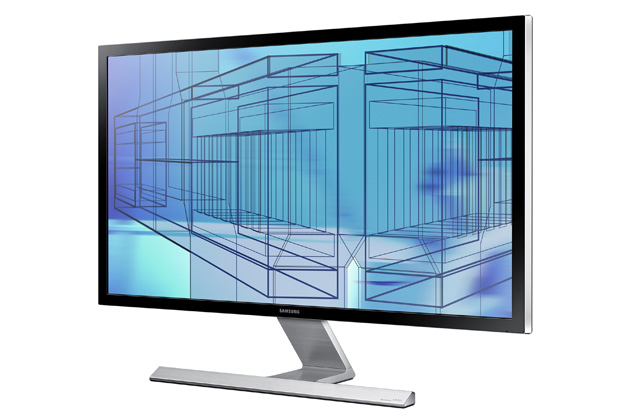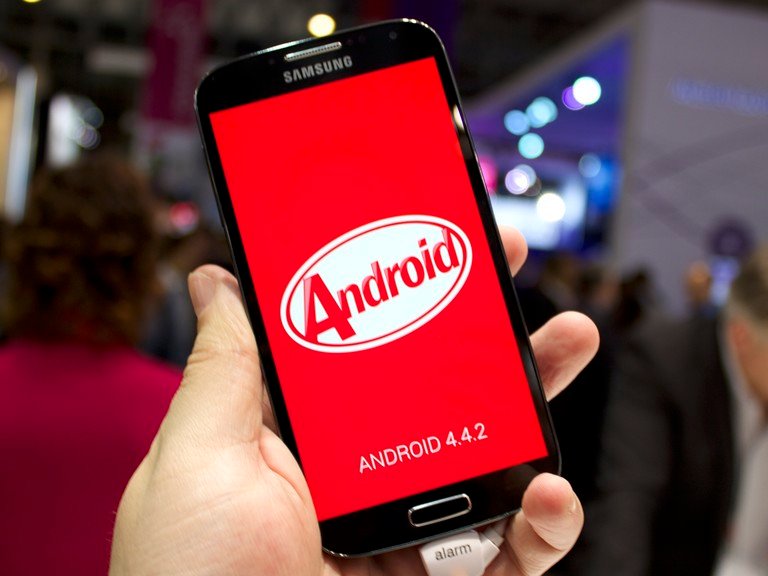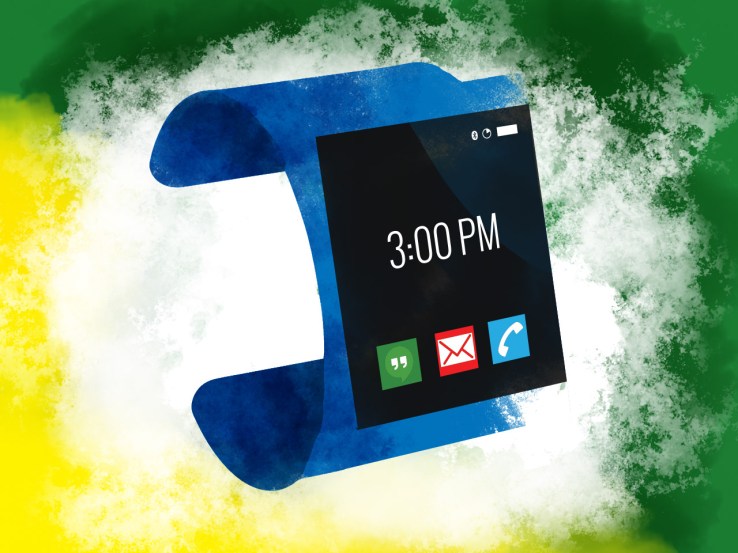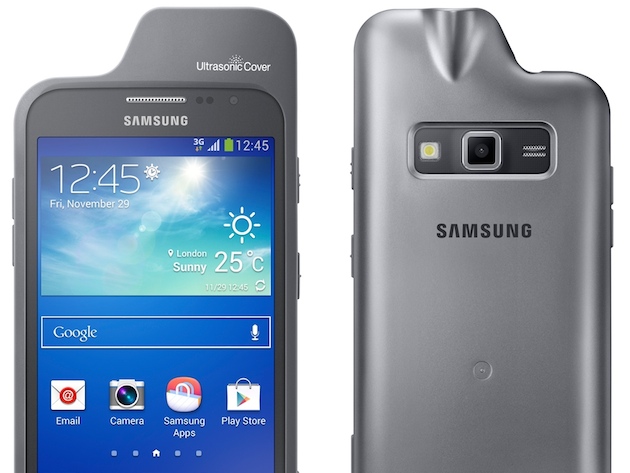Samsung has finally pulled the curtains on the next-generation Galaxy smartphone – theSamsung Galaxy S 5 is finally here! Those of you who couldn’t wait for the device would be happy to know that the Samsung Galaxy S 5 has received some major upgrades. Well, without waiting any more time lets take a look at what’s new in the Samsung Galaxy S 5.
Samsung Galaxy S 5
Samsung is the world’s largest smartphone manufacture by volume, pumping millions upon millions of smartphones around the world. These smartphones range from low to expensive ones, but the smartphone that you will be interested is the flagship one; the top of the range;the Galaxy S 5.
Today in Barcelona, Samsung unveiled the next-generation smartphone, the ultimate device for Samsung and Android fans.
Samsung Galaxy S 5 Design
Let’s begin with the design of the Samsung Galaxy S 5. As you can see from the pictures above and below, the design of the Galaxy S 5 is almost similar to that of its predecessor, the Galaxy S 4. In fact, from the front, both devices are completely the same, one might mistakethe Galaxy S 5 for the 4; something which happened with Apple’s iPhone.
But the back is an entire different story. The Samsung Galaxy S 5 has a perforated back, removing the cheap plastic-y look previous Samsung phones had. This is an update which you might be happy with.
The Galaxy S 5 has a 5.1 inch Super AMOLED 1080p display, almost similar to the Galaxy S 4. The Galaxy S 5 also includes a fingerprint sensor just like the iPhone 5S. But you will have to swipe slightly above the home button to activate it, unlike the iPhone.
Another welcoming feature for the Galaxy S 5 is the IP67-rated water and dust resistance. What this means is that you can submerge your Galaxy S 5 up to one meter (three feet) in water for up to 30 minutes; and it is also dust resistance – which is great.
Samsung Galaxy S 5 Camera
Samsung has considerably improved the camera. The Samsung Galaxy S 5 now packs a cool 16 megapixel camera with amazing new features such as automatic HDR and Selective Autofocus.
Automatic HDR (High Dynamic Range) allows you to take great pictures, which many other smartphones already have. But the Galaxy S 5 has HDR for video too; the world’s first. The other interesting bit is the Selective Autofocus; meaning, you can now re-focus on a specific part even after taking the picture; no more blurry photos!
Samsung adds that it has improved the camera user experience, we are yet to find out what this exactly is once we get our hands on it.
Samsung Galaxy Specifications
Samsung has been known to include some powerful specs in their devices, and the Galaxy S 5 is no exception. Samsung Galaxy S5 packs a 2.5 GHz Snapdragon 800 processor with 2GB of RAM, an IR remote, NFC, Bluetooth 4.0 BLE/ANT+, Cat 4 LTE. You get storages of 16GB or 32GB, depending on which one you want.
According to Samsung, they have included the world’s first MIMO tech in a smartphone with the fifth-generation WiFi – 802.11 ac; which is currently used in latest computers.
The battery has been upgraded too, it now features 2800 mAH; which in smartphone terms is quite a lot. This battery will power your Galaxy S5 up to 10 hours of web surfing on 4G LTE, and 12 hours of video playback. The Galaxy S5 has a feature called “Ultra Power Saver Mode” which will only use the most important functions of your device to conserve power. Samsung mentions if you turn on the utlra power saver mode on 10 percent battery, the Galaxy S 5 will last for 24 hours on stand by – which is pretty good.
The Galaxy S5 features an adaptive display which will control your screen based on your surrounds (not sure how this is different from normal “brightness control”). It also has a super dimming mode for those night times.
Samsung Galaxy Health
The technology world is moving towards health and Samsung is leading the way. Samsung today announced a complete new feature and a first of its kind on a mobile device – a heart rate monitor.
The heart rate monitor is situated slightly below the rear camera (you can see from the image above). You simply place your finger on the monitor and it will give you a reading within 5-10 seconds. And, according to initial hands-on, it works as advertised.
Samsung with its new S Health app will track and give you feedback on your health and exercise activities. It calls this new feature the “coach”; a coach that is with you all the time to help you stay fit.
This is definitely a welcome feature from Samsung.
Samsung Galaxy S 5 Price
If you have been impressed with the smartphone, then this is the next thing you want to hear about. What exactly is the price of the Samsung Galaxy S 5? Well Samsung did not give an official price of the device at the stage. But what we do know is that Samsung Galaxy S5 will be available in 150+ countries on April 11; that is the launch date of the Galaxy S 5.
Samsung has definitely introduced a great smartphone, it has paved the way for its future products and set goals on what it wants in the up-coming years. But is the Samsung Galaxy S5 a device worth buying? Well, if you want to take a leap over to Android’s side from another operating system, then the Galaxy S 5 is currently the best smartphone you could go for. But if you own a previous version, then you might think twice before actually buying it.


































 on how Google has used the Android ecosystem (ostensibly open-source) to tie its own services to the platform. Over the past six years, Google introduced open-source applications that provided basic functionality, then replaced them with its own closed-source apps in later versions. Once it’s created a closed-source version, the open-source flavor is effectively orphaned. Updates for the open, Android versions of the keyboard, calendar, photo app, or
on how Google has used the Android ecosystem (ostensibly open-source) to tie its own services to the platform. Over the past six years, Google introduced open-source applications that provided basic functionality, then replaced them with its own closed-source apps in later versions. Once it’s created a closed-source version, the open-source flavor is effectively orphaned. Updates for the open, Android versions of the keyboard, calendar, photo app, or 

